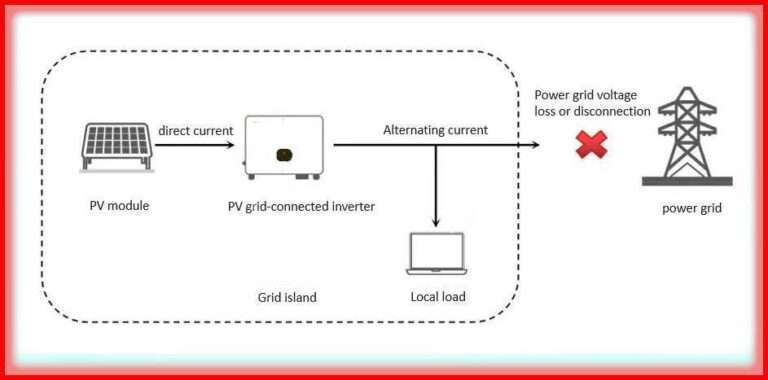The Kyoto Protocol 1997: A Comprehensive Guide
The Kyoto Protocol, mounted in 1997, stands as a historic milestone in the worldwide effort to fight weather change. This international agreement, under the United Nations Framework Convention on Climate Change (UNFCCC), introduced binding emission discount targets for developed nations.

In this Post, we will explore the Kyoto Protocol 1997, its importance, and some lesser-recognized data about this vital climate treaty.
Table of Contents
What is Kyoto Protocol?
The 1997 Kyoto Protocol stands as a historical milestone in international efforts to fight weather exchange. Under the United Nations Framework Convention on Climate Change (UNFCCC), this international agreement brought binding goals for advanced international locations to reduce carbon emissions In this newsletter, we will examine the Kyoto Protocol 1997, 1997; what it manner, and in some little-recognized facts approximately this landmark climate settlement .
Kyoto Protocol 1997: Special Objectives
Emission discount targets: The primary objective of the Protocol was to set legally binding emission discount targets for industrialized nations. These international locations made particular commitments to reduce greenhouse gas emissions.
Flexible mechanisms: The agreement added three new market-primarily based mechanisms to assist international locations achieve their desires extra price-successfully: the Clean Development Mechanism (CDM), Joint Implementation (JI), and emissions change Global harmony: He stated the need for international solidarity to fight climate alternate, stressing that it was a collective obligation.
The Birth of Carbon Credits: The Kyoto Protocol paved the manner for the advent of carbon credit. These tradable certificates represent emission discounts completed thru CDM, JI, and Emissions Trading, and feature because grow to be a critical a part of the climate finance landscape.
Carbon Market Innovations: The Emissions Trading device introduced by using the Protocol endorsed the improvement of carbon markets round the arena. Today, carbon markets play a vast function in financing climate projects and incentivizing emissions reductions.
Facts About Kyoto Protocol
Entry into Force Delay: The Kyoto Protocol faced delays in entering into pressure because of the requirement that countries representing at least fifty five% of developed nations’ emissions ratify it. This milestone changed into in the end reached in 2005.
Developed vs. Developing Nations: The protocol mounted a department among advanced and developing international locations in phrases of emission discount duties. While advanced countries had legally binding goals, growing nations have been recommended to take voluntary movements, an trouble that would later make a contribution to complications in global climate negotiations.
Annex I and Non-Annex I Parties: The Protocol categorized nations into Annex I (advanced) and Non-Annex I (developing) events. This category performed a massive role in determining obligations and responsibilities.
Host Country for the First Commitment Period: Canada became initially the host for the very first commitment period of the Kyoto Protocol (2008-2012). However, Canada withdrew from the treaty in 2011, making it the primary signatory to achieve this.
Innovative Project Finance: The Clean Development Mechanism (CDM) delivered the concept of financing emission discount initiatives in growing nations, regularly involving renewable energy, afforestation, and reforestation initiatives. These initiatives generated Certified Emission Reductions (CERs), which will be bought to fulfill emission reduction targets.
The Protocol’s Legacy: The Kyoto Protocol laid the groundwork for next international weather agreements, together with the Paris Agreement in 2015. It confirmed the opportunity of global cooperation in addressing climate alternate.
The Kyoto Protocol 1997 remains a vast and influential global treaty, serving as a testimony to the sector’s initial efforts to combat climate exchange. While it faced challenges and criticisms, it additionally brought modern mechanisms and ideas that continue to form climate policy and motion.
Understanding the lesser-recognized facts about the Kyoto Protocol gives valuable insights into its ancient significance and its effect on next weather agreements.
Follow us on LinkedIn”Electrical Insights” to get the latest updates in Electrical Engineering. You can also Follow us on LinkedIn and Facebook to see our latest posts on Electrical Engineering Topics.
Worth Read Posts
- Carbon Credits: A Comprehensive Guide
- Plant Factor, Plant Capacity Factor, and Load Factor
- Difference Between Demand Factor and Diversity Factor
- Buck Converter Interview Questions
- DC DC Converter Interview Questions
- Transformer Electrical Interview
- Top 30 Op Amp Interview Questions
- Power Electronics Interview Questions





